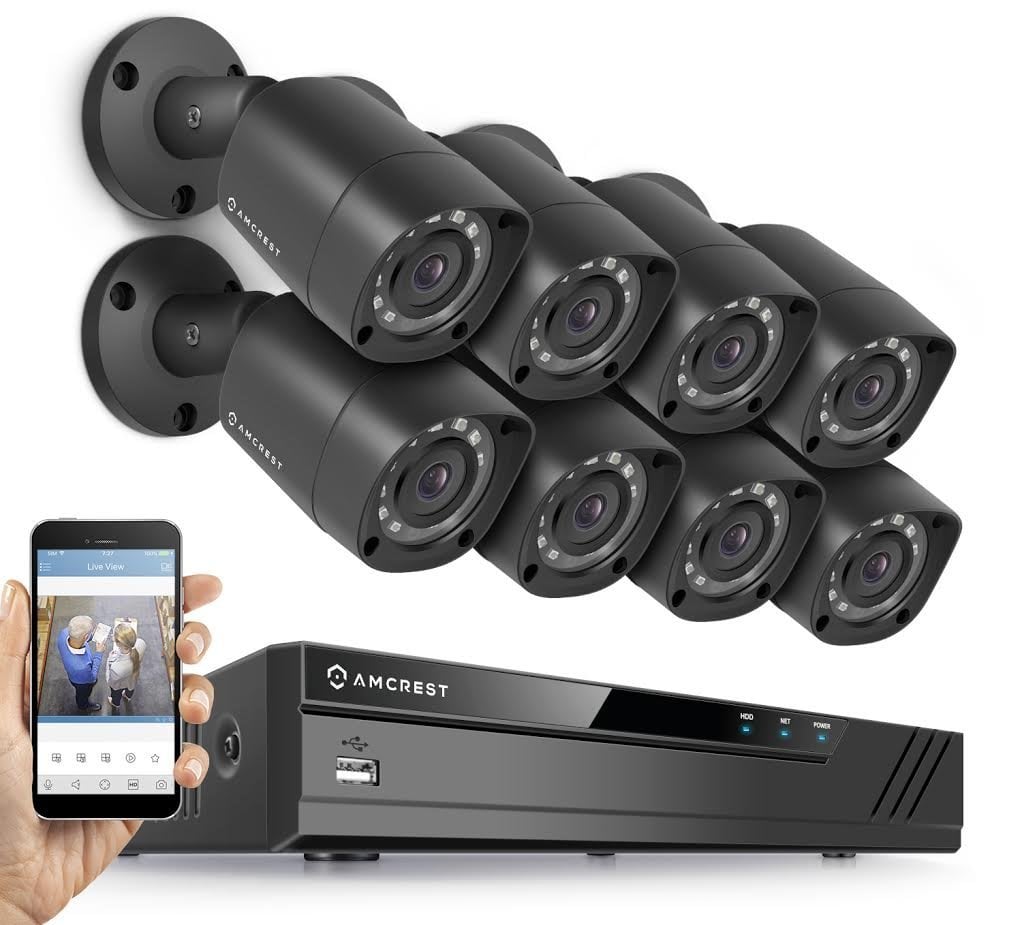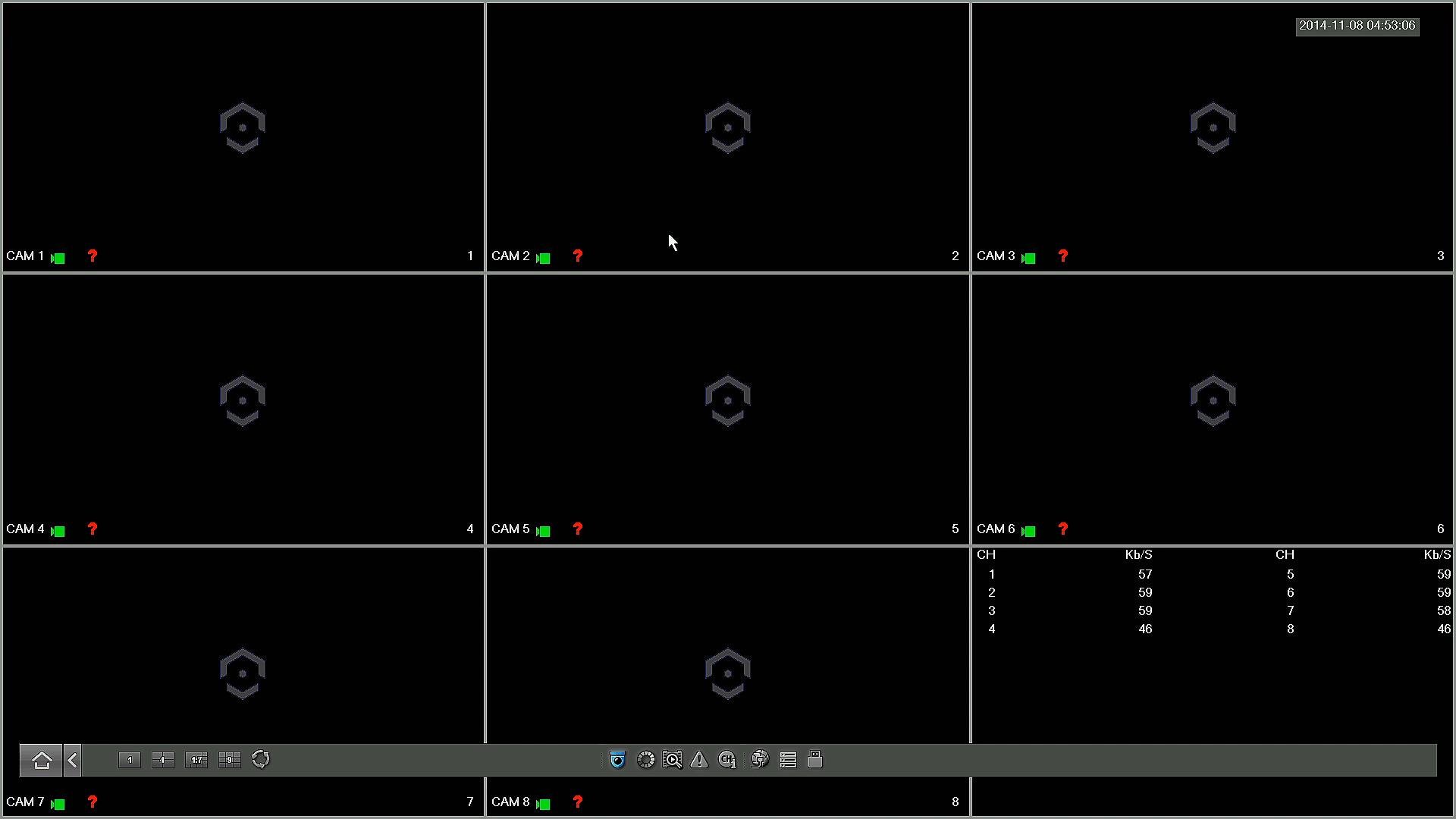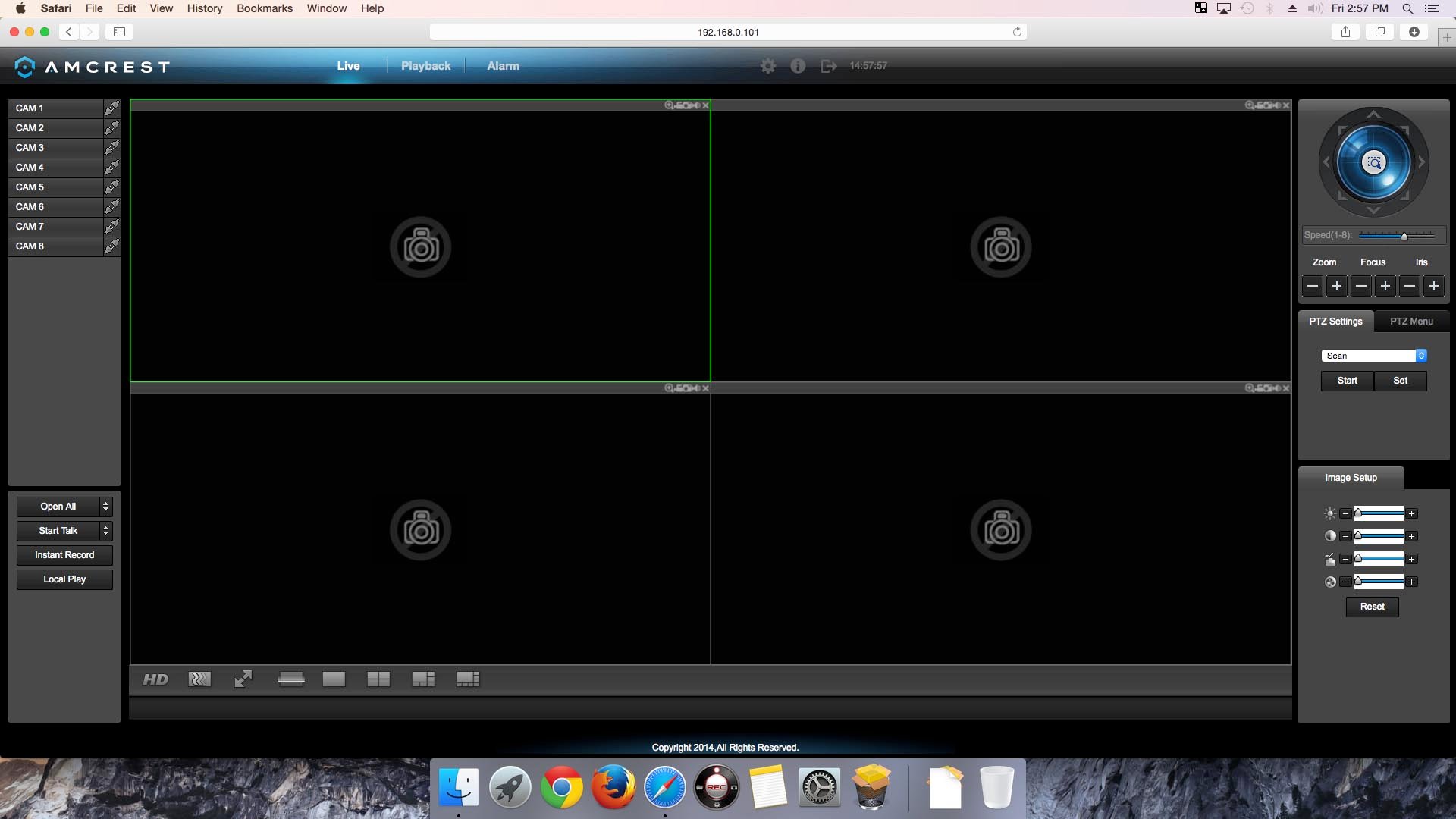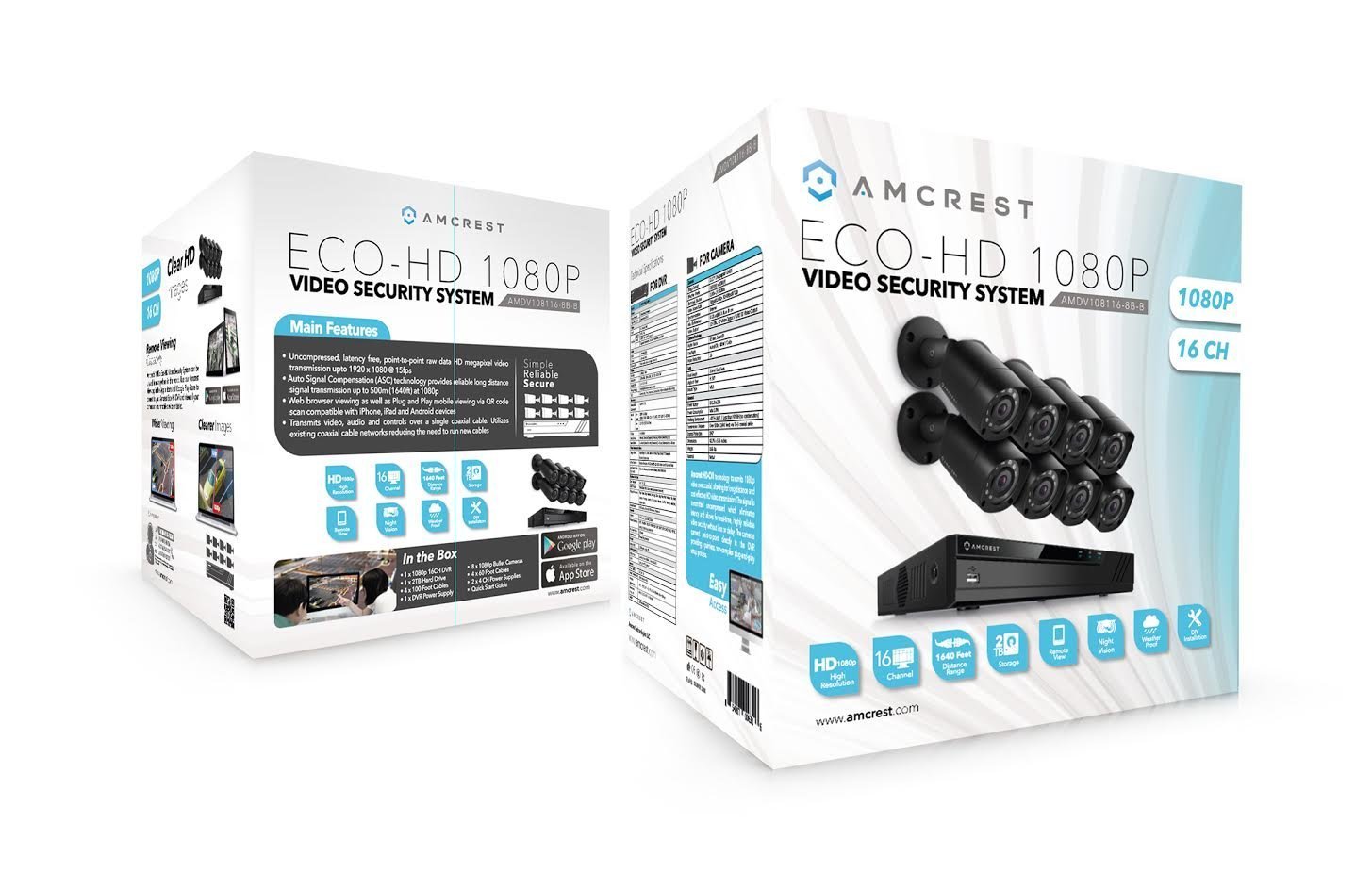Save
10%
right away
-
Be informed of New Firmware Releases
-
Get Notified of New Product Launches
HDCVI DVR
Despite the wonders of the formula used in crafting the coaxial cable which lend to its ages-old and worldwide popularity, what sets HDCVI’s technology apart is it’s DVR. The cable remains and functions in exactly the same way as ever, which is to the advantage of anyone looking to set up a closed-circuit security camera system. But what separates the mediocre and outdated from the high-end and modern, in this case, is the way that signal is broken down and separated at the receiving end. Let’s examine the chipset and how it works to do what, until now, has been impossible.

HDCVI Chipset:
The chipset represents the pieces of hardware that lie just under the surface of both the cameras and the DVR that allow them to establish communication. The chipset has two basic components: the transmitting chip(TX) and the receiving chip(RX). A transmitting chip exists in each HDCVI camera, and the DVR contains the receiving chip.
The concept of a transmitting and receiving chip is very common and is utilized by all kinds of electronic systems. And these particular TX and RX chips happen to be compatible with or upgrade-able to fiber optics transceivers, distributors, and matrices.

RX Chip:
The receiving-end(RX) chip on an HDCVI DVR takes in high definition analog signals from each camera unit and translates them to digital signals in order to have them displayed on monitors or coming through speakers. For audio, the chip uses I2S(Integrated Interchip Sound) which is an interface standard that communicates PCM(pulse-code modulation) audio data which is the method which makes it possible for analog signals to be represented digitally within the HDCVI platform. The chip also contains the I2C(Inter-Integrated Circuit) bus interface as a semiconductor.
The chip supports control and configuration of specific video parameters like brightness, saturation, hue, contrast, and dual-way control signals. This is because every one of these parameters represent an HDCVI video input channel and digital output channel which contain their own built-in equalizers.
Despite the substantial differences in capacity for higher resolution video quality, the RX chip is still very closely related to the conventional analog DVR. They actually share the same interface standard which is another reason it’s so easy to upgrade by simply switching out the units. And the built-in equalizers make it so these digital video recorders can receive HD video signals from up to 500m away, which, in and of itself, is another milestone improvement in the security camera industry.

Hardware & OSD:
There are 4 variations of the DVR that can be purchased: 4-channel 720p, 4-channel 1080p, 8-channel 720p, and 8-channel 1080p. They possess BNC-connector ports depending on how many channels they have(4-CH or 8-CH). There are also ports for TV-Out, VGA-Out, HDMI-Out and 4 USB ports for data transfers.
A very nifty ability of the DVR is that it you can plug in a keyboard and a mouse to use within it’s OSD(On Screen Display) for convenience and efficiency. The OSD is a GUI(Graphical User Interface) which has a sleek, modern design that brings any and all of your cameras onto one screen for simplicity of monitoring and management.

Network Capability:
Despite the fact that HDCVI is a direct evolutionary counterpart to traditional CCTV systems, which were not network-capable, HDCVI actually can be. And the most wonderful part of this feature is that, when compared to IP cameras, you don’t have to configure an IP or remote access on every single camera(which can be daunting and tedious). You only connect the DVR to an Ethernet cable, not every single camera. This translates to one point-of-contact for the network, one device to configure, one device to manage, and one single place to access and enjoy all your cameras as they display on a beautiful OSD(On-Screen-Display) built into and included with the device.

Conclusion:
The HDCVI platform does so much more than dramatically increase resolution. It increases transmission distance, offers a no-latency, real-time high definition feed, and it keeps you free from IP complications. Top all of that off with a smooth and easy installation and you have a solution that’s hard to argue with. With HDCVI, you are thinking ahead so you don't have to think twice.

-
Shop our Products
We carry a large variety of security products for all your needs.
See more -
Need Help ?
Check out our online knowledge base for support and assistance.
Support Center -
Support Videos Library
Need further assistance with your product? We're here to help!
Watch Now
